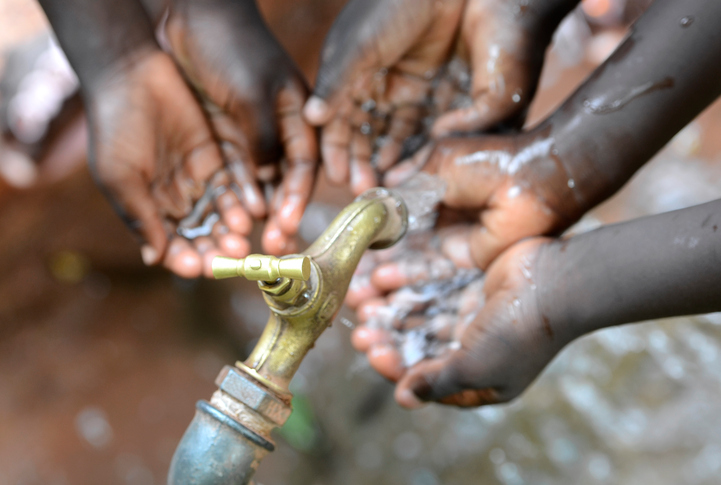 In an effort to purify water, researchers from the University at Buffalo are using carbon-dipped paper to make dirty water drinkable.
In an effort to purify water, researchers from the University at Buffalo are using carbon-dipped paper to make dirty water drinkable.
Those behind the research believe this new development could be a cheap and efficient way to address a global shortage in drinking water, specifically in developing areas.
(MORE: See what ECS members are doing to address global water and sanitation issues.)
“Using extremely low-cost materials, we have been able to create a system that makes near maximum use of the solar energy during evaporation,” says Qiaoqiang Gan, lead researcher. “At the same time, we are minimizing the amount of heat loss during this process.”
This from University at Buffalo:
The team built a small-scale solar still. The device, which they call a “solar vapor generator,” cleans or desalinates water by using the heat converted from sunlight. Here’s how it works: The sun evaporates the water. During this process, salt, bacteria, or other unwanted elements are left behind as the liquid moves into a gaseous state. The water vapor then cools and returns to a liquid state, where it is collected in a separate container without the salt or contaminants.
“People lacking adequate drinking water have employed solar stills for years, however, these devices are inefficient,” says Haomin Song, co-author of the study. “For example, many devices lose valuable heat energy due to heating the bulk liquid during the evaporation process. Meanwhile, systems that require optical concentrators, such as mirrors and lenses, to concentrate the sunlight are costly.”
To create the desired outcome, the team developed an affordable ($1.60/square meter) solar still that can absorb water and capture sunlight to create energy. According to the study, only 12 percent of available energy was lost during the evaporation process.
With this method, the researchers estimate the still can produce between 3 and 10 liters of clean drinking water per day.

